The Magic of MIT
-
-
Slice of MIT
Recommended
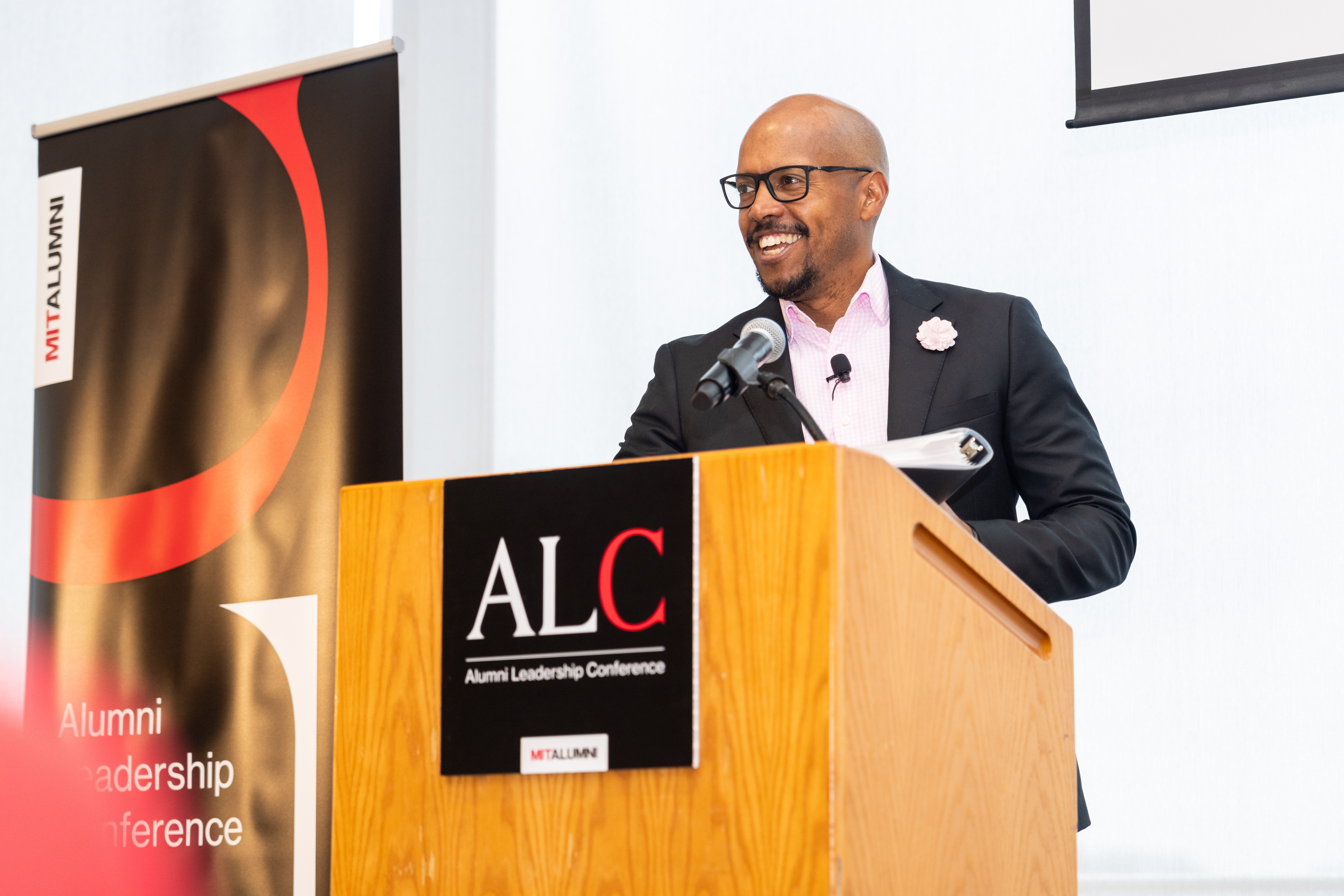
A reflection by R. Robert Wickham ’93, SM ’95, president of the MIT Alumni Association
MIT is a magical place—it’s like Hogwarts School of Wizardry from Harry Potter. Sure, you do not actually get to the Institute by train from King’s Cross Station in London via a hidden platform nor will you find it surrounded by a forbidden forest. But MIT is full of real-life wizards whose brilliance and innovation are the superpowers that they possess.

I arrived back at MIT on September 26 for the start of a two-week trip—the longest I’ve spent on campus since my time as a student more than 30 years ago. Every time I return to the Institute, I am filled with inspiration and energy, and this time I felt that magic even more.
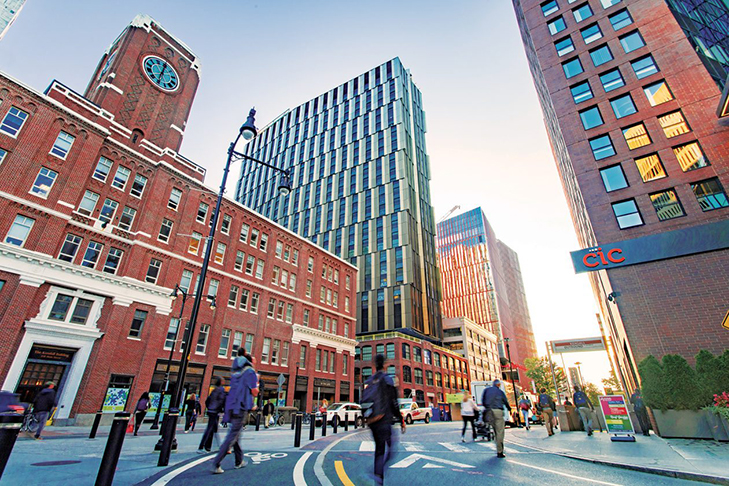
One of the things that continues to strike me when returning to campus is how vibrant and absolutely transformed Kendall Square has become. Many classmates would remember it as a barren place when we were students—not much to it other than the T stop and a few administrative buildings. Today, you can feel that it has become a global epicenter of technological and life science innovation in business and academia—even referred to by some as “the most innovative square mile on the planet.” And the MIT community is at its heart.
While on campus, I got to see firsthand some of the most innovative, exciting, and, yes, magical things happening here and all throughout the Institute. I’ve included some of the highlights:
MIT Alumni
That weekend, I participated in the Alumni Leadership Conference (ALC), an annual event where passionate MIT volunteers convene for two days of learning, inspiration, and achievement. This year’s event featured two inspiring and informative keynotes on different aspects of AI by MIT faculty members, who also happen to be alums: professors Aleksander Mądry SM ’09, PhD ’11 and Asu Ozdaglar SM ’98, PhD ’03. The talks really shone a light on the fundamentals of AI and the new generative capabilities, but also the implications and the ethical concerns of it—two very important juxtapositions that I feel confident that the Institute is leading the way in tackling.
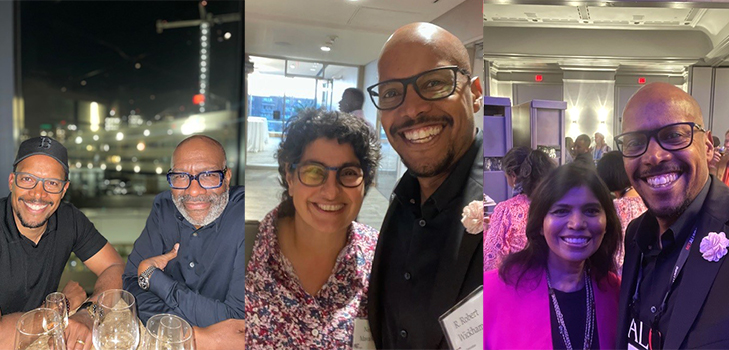
One thing I always love about ALC is being able to have conversations with alumni during the session breaks, and I was particularly struck by the diversity of this year’s attendees—from all ages and fields, identities and experiences, and those who live nearby and those traveling from around the globe.
Although my term as the 129th MITAA president technically began on July 1, it was a deep honor for me to ceremonially receive the gavel (pictured below) from immediate past president Stephen Baker ’84, MArch ’88. And the Alumni Leadership Awards ceremony was an opportunity to celebrate so many of our alumni who are continuing to do amazing things in service of the MIT mission.
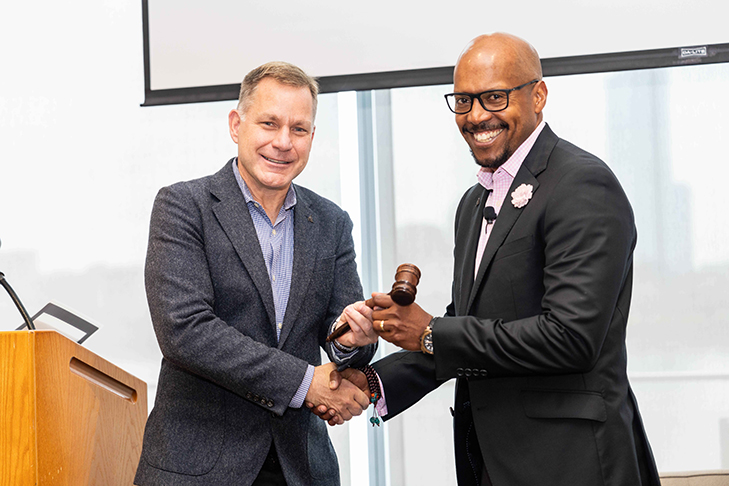
In my role as president, I am part of the Alumni Association Board of Directors, as well as serving on the MIT Corporation and visiting committees, so over the course of the two weeks, I attended meetings, events, and dinners where I connected with the on-campus community and alumni, and gained insights into the current happenings at the Institute. One of my biggest takeaways is the favorability people feel toward MIT, their trust in MIT, and their belief in MIT’s relevance and hope for the future.
MIT Admissions Is Leading the Way
During my time on campus, I got to hear from MIT’s dean of admissions, Stu Schmill ’86, who gave great insights into the undergraduate Class of 2027. I learned that the class is made up of 48 percent women, is nearly 40 percent composed of underrepresented minorities, and almost half the class speak another language at home. Those three bullets are really interesting when we think about the future composition of our alumni community.
It’s also really important to note that MIT continues to be one of only a handful of US institutions of higher education that is both need-blind in terms of financial aid and meets the full financial need of students. Further, MIT continues to not have legacy admissions, which I think is also a really compelling message. Both of these factors underscore that the goal of MIT’s admissions department is to find talent regardless of background, demographic, or family wealth, and MIT does an incredible job of doing that.
For someone like me who graduated 30 years ago, it’s interesting to see how much things have changed. In the last 35 years, the undergraduate student admissions acceptance rate has gone from 30 to 5 percent and the yield (those who enroll who were accepted) has gone from 50 to 85 percent. This means that more people are applying and more people are choosing to come. This really shows how much people want to be part of this transformation that’s taking place on the planet, where tech is coming into the mainstream, and MIT is the place to do that.
Meeting Real-Life Wizards
While on campus, I met many of MIT’s top “wizards” (aka professors) but one in particular stands out.
During one meeting, I heard from a very unassuming and humble faculty member from the Department of Chemistry who came in and spoke about the work he’s doing. Fast forward to 5:30 a.m. ET the next morning, when he was announced as a Nobel Prize recipient for his work in helping to develop quantum dots—yes, that low-key presenter was Professor Moungi Bawendi! That, in and of itself, reinforces that MIT is a magical place.
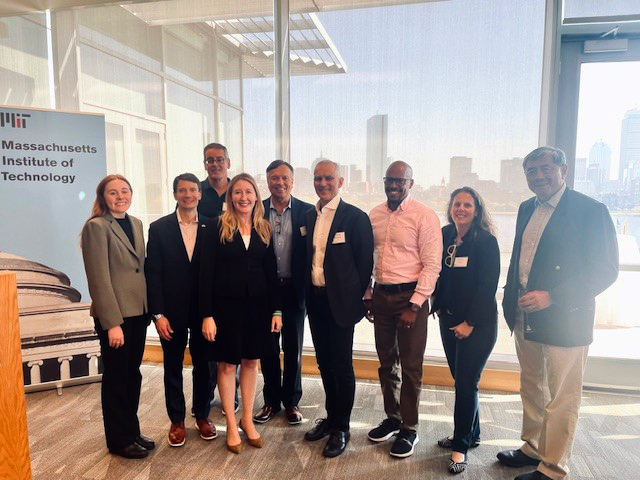
Bringing Wizardry to the World
Now that I am back home in Australia, I reflect on the fact that sometimes it feels like the farther away you go from the epicenter that is MIT, the harder it is to stay connected, particularly in today’s busy, noisy, interruption-driven world. So, the question is, how do you stay connected? Because, in the end, people focus on things that they consider valuable. And MIT people by definition want to work on and solve hard problems.
I know everyone doesn’t have the ability to travel back to campus as much as they might like, so thankfully there are means to stay in touch with MIT and the MIT Alumni Association through local clubs, stories, and social media. For me, being on campus was reenergizing. It made me reflect on the fact that MIT transforms lives, so that we can, in turn, go on to transform the world. And there is a real desire to find the world’s best talent, regardless of circumstance, in order to transform it.
And I think that’s the most powerful magic there is.
Photo credit (top): Mel Musto.







